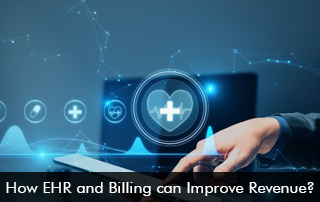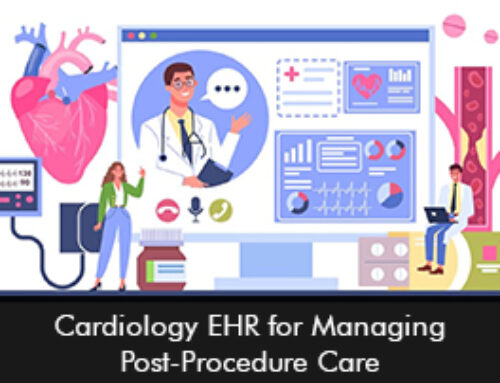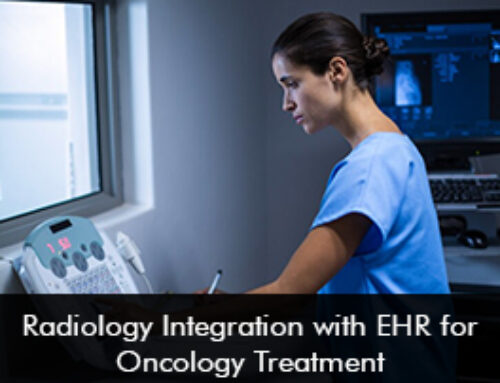Ensuring a steady practice revenue stream is one of the prime financial goals of healthcare organizations along with offering high-quality patient care. Hospitals in the US have invested in the robust technology of Electronic Medical Records (EMR) Software and EHRs to streamline clinical, administrative, and financial workflows. Fortunately, EMR systems can also boost profitability and improve practice revenue.
How can Practices benefit from EMR Software?
The Sophisticated technology of EHR software can help hospitals increase income by improving operational efficiency, streamlining workflows, lowering expenses, and improving patient care. A top-ranked electronic medical records solution will pave the way for financial success and stability for practices by:
- Improving workflow productivity.
- Accelerated revenue cycle ensuring practices can get paid faster.
- Decreased healthcare costs and risk reduction.
- Improved service quality offered to patients.
- Ensured compliance.
Ways EHR Software and Billing Features Contribute to Improve Practice Revenue
Billing Accuracy Maximizes Revenue
Hospitals can benefit from EMR software by precisely documenting patient contacts, treatments, and procedures. This paperwork is necessary for accurate invoicing and revenue collection. The program can produce charge codes automatically and verify that all billable services are properly documented, lowering the risk of underbilling and increasing revenue.
Faster Claims Process
By electronically sending claims to insurance companies, EHR software helps speed up the claims process. This improves cash flow by reducing the time it takes to process claims and receive payments.
Automation of Administrative Tasks
Data entry, patient registration, and appointment scheduling are just a few of the administrative activities that Electronic Health Records software streamlines. This automation can result in lower administrative costs and free up staff members to focus on tasks with higher economic value.
Integrated Revenue Cycle Management
Integrated modules for revenue cycle management are available in several EMR systems. The complete revenue cycle, from patient registration to claim submission, rejection management, and payment posting, may be tracked and managed by hospitals with the use of the RCM platform.
Increasing Claim Revenue with EMR Software
The claim reimbursement process requires complex and extensive documentation. It is a taxing duty and billers need to work closely with Medicare. Due to a lack of supporting documentation provider claims can be downcoded to less costly medical procedures. When a practice leverages EHR software solutions they have an opportunity to document every aspect of a patient visit, therefore making it possible for doctors to get the most out of their claims.







